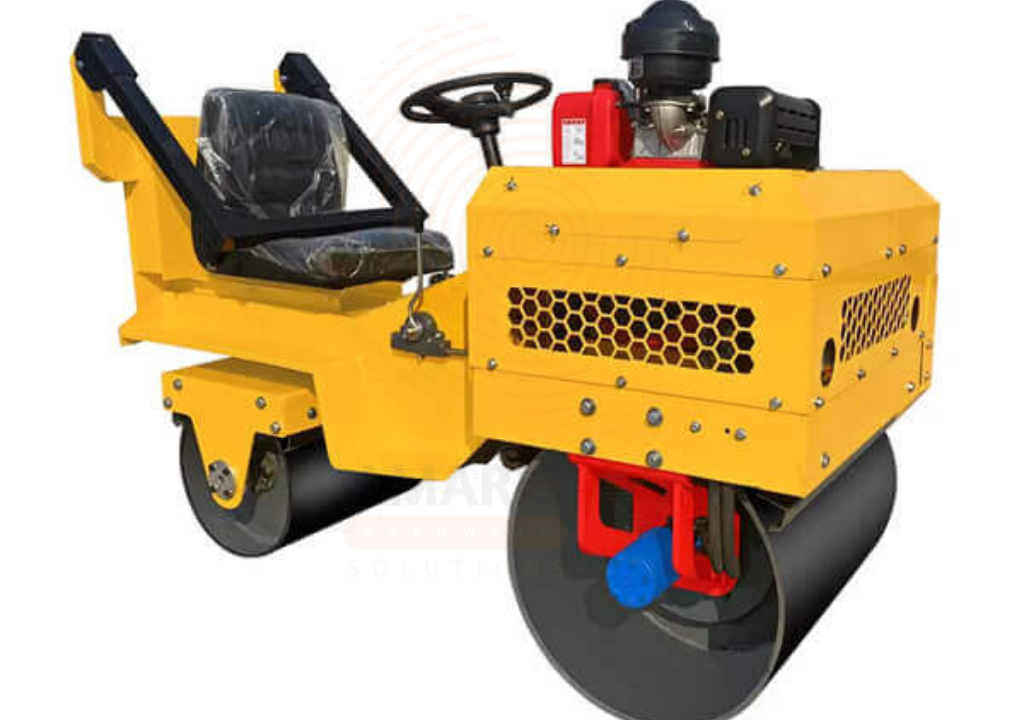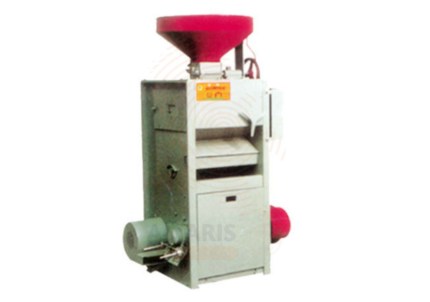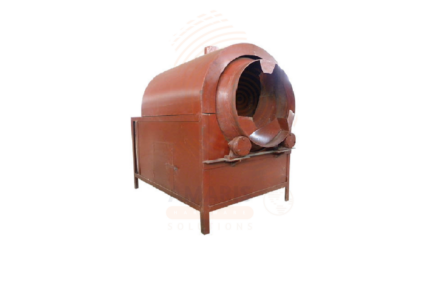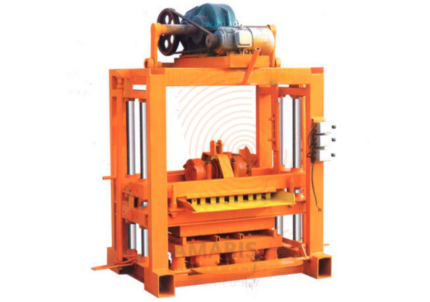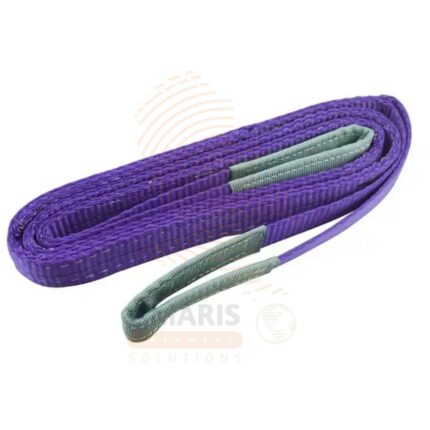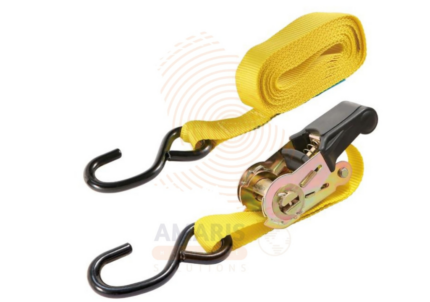Road Roller
WhatsApp Order
A Road Roller is a heavy-duty compaction machine used in construction to compress soil, asphalt, gravel, and other materials to improve surface stability and load-bearing capacity. It uses large cylindrical drums—sometimes vibratory or pneumatic—to eliminate air gaps and provide a smooth, dense surface. Road rollers are essential in road building, foundations, embankments, and landfills for long-lasting structural integrity.
Description
Table of Contents
ToggleRoad Roller
Uses
-
Soil Compaction
o Used to compact soil in preparation for foundations, roads, and embankments.
o Reduces air gaps and increases the density of the ground. -
Asphalt Compaction
o Ensures smooth, long-lasting roads by compacting asphalt layers.
o Eliminates voids to prevent cracking and potholes. -
Gravel and Aggregate Compaction
o Compresses base materials under pavements and concrete surfaces.
o Enhances structural integrity of roads and platforms. -
Foundation Preparation
o Compacts ground to support structural loads without settlement.
o Used before building walls, columns, or slabs. -
Pavement Maintenance
o Recompacts surfaces after road repair or overlay work.
o Ensures evenness and longevity. -
Landfill and Waste Management
o Compresses waste in landfill operations to increase capacity. -
Embankment Construction
o Compacts fills and slopes to reduce erosion and instability. -
Runways and Airstrips
o Provides highly compacted, uniform surfaces for aviation traffic. -
Sidewalk and Pathway Construction
o Used for compacting narrower zones in pedestrian and urban projects.
SAFETY HANDLING PRECAUTIONS
Safety Precautions
-
Wear Protective Gear
o Hard hat, safety goggles, high-visibility clothing, gloves, ear protection, and steel-toed boots are required. -
Pre-Operation Inspection
o Check fluid levels, brakes, lights, drum condition, and safety mechanisms. -
Safe Operation Practices
o Only trained personnel should operate the machine.
o Avoid sudden stops, sharp turns, and steep slopes. -
Work Area Management
o Clear the area of unauthorized personnel and obstacles.
o Use signage or barriers to secure the work zone. -
Vibration Exposure Management
o Limit usage time and rotate operators if needed.
o Take regular breaks to prevent strain. -
Fuel Handling Safety
o Refuel only when engine is cool and off.
o Keep fuel away from ignition sources. -
Mounting and Dismounting Safety
o Always use steps and handholds—do not jump. -
Emergency Procedures
o Know how to activate emergency stop.
o Keep fire extinguishers and first aid nearby.
Related products
Block Making Machine
A Block Making Machine is a specialized construction equipment designed to produce high-quality concrete blocks, bricks, and pavers used in building and infrastructure projects. It automates the process of mixing, molding, compacting, and curing concrete materials into consistent, uniform blocks of various sizes and shapes. These machines can be manual, semi-automatic, or fully automatic, depending on their level of automation and production capacity. They are widely used in commercial, industrial, and residential construction projects for producing large volumes of concrete masonry units efficiently.
Compactor
A compactor is a heavy-duty construction machine designed to compress soil, gravel, asphalt, or other materials to increase their density and stability. This equipment is essential for preparing surfaces for roads, foundations, and other infrastructure projects. Compactors come in various types, including plate compactors, roller compactors, and rammer compactors, each suited to specific compaction tasks. Their ability to enhance material stability reduces settling and improves structural integrity, making them indispensable in construction and landscaping.
Flat Webbing Slings
A flat webbing sling is a flexible and durable lifting or towing device made from a flat strip of synthetic material, typically polyester, nylon, or polypropylene. These slings are designed for various material handling applications, such as lifting and securing loads in construction, manufacturing, and transportation industries. The flat design allows for a wide surface area, distributing the load evenly and reducing the risk of damage to the load. Flat webbing slings often feature reinforced loops at each end for attachment to lifting equipment, providing a versatile and reliable solution for lifting and moving heavy objects.
Floor Jack
A floor jack is a mechanical device used to lift heavy vehicles, such as cars or trucks, off the ground to facilitate maintenance or repairs. It typically consists of a horizontal hydraulic cylinder, a handle for pumping, and a lifting pad that comes into contact with the vehicle's underside. By pumping the handle, hydraulic pressure is generated, causing the lifting pad to rise and lift the vehicle, providing a convenient and efficient way to access the undercarriage for various automotive tasks. Floor jacks are commonly found in automotive repair shops, garages, and for personal use by car enthusiasts.
Ratchet Tie Down Straps Set
A Ratchet Tie Down Straps Set typically refers to a pair of specialized straps used for securing and fastening cargo or items during transportation. These sets commonly include two individual straps, each equipped with a ratcheting mechanism for easy tightening and securing of the load. The straps usually consist of durable webbing material and feature hooks or other fastening mechanisms on each end. The primary purpose of these tie-down straps is to provide a reliable and adjustable means of securing items to prevent movement, shifting, or potential damage during transit. They are widely used in various applications, including securing loads on vehicles, trailers, or in storage.
Vibrating Screen
A Vibrating Screen is an industrial screening machine used to separate materials by size through vibration. It consists of a mesh screen that oscillates to facilitate the sorting and classification of granular or particulate materials such as sand, gravel, minerals, coal, and aggregates. The vibration helps move materials across the screen while finer particles pass through the mesh openings, and larger materials continue over for further processing or disposal. Vibrating screens are vital in mining, construction, recycling, and material processing industries, enhancing efficiency by sorting materials quickly and accurately. They come in various configurations, including circular, linear, and elliptical motion screens, designed to meet specific application needs.
Vibrating Spear
A Vibrating Spear is a highly specialized construction tool designed for deep and precise soil compaction in confined or hard-to-reach spaces. The device features a slender, spear-shaped tip that penetrates compacted soil layers and granular materials. Utilizing powerful vibration technology, it breaks down dense soil structures and consolidates backfill by transmitting high-frequency oscillations deep into the ground. Typically powered by hydraulic or pneumatic systems, vibrating spears are essential in projects where traditional compaction equipment, such as rammers or rollers, cannot be used due to spatial limitations. By improving soil density and eliminating voids, the vibrating spear significantly enhances load-bearing capacity and prevents soil settlement, making it a crucial tool for trench work, pipeline bedding, foundation preparation, landscaping, and utility installations. The hot-spot of this technology lies in its ability to deliver thorough compaction in narrow trenches and around sensitive underground installations without damaging existing structures.
Winch
A winch is a mechanical device used to pull in, let out, or adjust the tension of a rope, cable, or chain. It consists of a spool (or drum) operated manually or powered by electricity, hydraulics, or a combustion engine. Winches are commonly used in construction, vehicle recovery, marine applications, off-road towing, and industrial lifting. Their ability to exert controlled pulling force makes them essential in material handling and rigging operations where moving heavy objects with precision is required.


 Acrylic Sealants
Acrylic Sealants Construction Adhesives
Construction Adhesives Double-Sided Tape
Double-Sided Tape Duct Tape
Duct Tape Electrical Tape
Electrical Tape Epoxy & Resins
Epoxy & Resins Masking Tape
Masking Tape
 Automotive Wrenches & Socket Sets
Automotive Wrenches & Socket Sets Battery Chargers & Jump Starters
Battery Chargers & Jump Starters Car Jacks & Stands
Car Jacks & Stands Car Wash & Detailing Products
Car Wash & Detailing Products Diagnostic Tools
Diagnostic Tools Tire Inflators
Tire Inflators Vehicle Lighting
Vehicle Lighting Oil & Lubricants
Oil & Lubricants
 Adhesives & Sealants
Adhesives & Sealants Bricks & Blocks
Bricks & Blocks Cement & Concrete
Cement & Concrete Drywall & Plaster
Drywall & Plaster Flooring (Tiles, Wood, Laminate)
Flooring (Tiles, Wood, Laminate) Lumber & Plywood
Lumber & Plywood Paints, Primers & Coatings
Paints, Primers & Coatings Insulation Materials
Insulation Materials Roofing Materials
Roofing Materials
 Circuit Breakers
Circuit Breakers Electrical Cables & Wires
Electrical Cables & Wires Switches & Sockets
Switches & Sockets Fuses & Relays
Fuses & Relays Connectors & Terminals
Connectors & Terminals Electrical Boxes & Panels
Electrical Boxes & Panels Conduit & Fittings
Conduit & Fittings Lighting Fixtures & Bulbs
Lighting Fixtures & Bulbs Extension Cords & Power Strips
Extension Cords & Power Strips
 Anchors
Anchors Bolts
Bolts Clips & Clamps
Clips & Clamps Screws
Screws Nuts
Nuts Washers
Washers Rivets
Rivets Nails
Nails Threaded Rods
Threaded Rods
 Hammers
Hammers Measuring Tools (Tapes, Levels, Calipers)
Measuring Tools (Tapes, Levels, Calipers) Screwdrivers
Screwdrivers Pliers & Cutters
Pliers & Cutters Saws & Blades
Saws & Blades Chisels & Punches
Chisels & Punches Allen Keys & Hex Keys
Allen Keys & Hex Keys Ratchets & Socket Sets
Ratchets & Socket Sets Wrenches & Spanners
Wrenches & Spanners
 Power Tool Accessories (Blades, Bits, Discs)
Power Tool Accessories (Blades, Bits, Discs) Rotary Tools
Rotary Tools Saws (Circular, Jigsaw, Reciprocating)
Saws (Circular, Jigsaw, Reciprocating) Drills & Drivers
Drills & Drivers Grinders & Sanders
Grinders & Sanders Heat Guns
Heat Guns Nail Guns
Nail Guns Impact Wrenches
Impact Wrenches Batteries & Chargers
Batteries & Chargers
 Pipes & Fittings (PVC, Copper, PEX)
Pipes & Fittings (PVC, Copper, PEX) Plumbing Tools
Plumbing Tools Pumps & Motors
Pumps & Motors Sealants & Adhesives for Plumbing
Sealants & Adhesives for Plumbing Valves & Taps
Valves & Taps Water Heaters
Water Heaters Drainage Systems
Drainage Systems Faucets & Fixtures
Faucets & Fixtures Hoses & Tubing
Hoses & Tubing
 Hinges & Latches
Hinges & Latches Hooks & Brackets
Hooks & Brackets Window Hardware
Window Hardware Chains & Cables
Chains & Cables Casters & Wheels
Casters & Wheels Shelving & Storage Systems
Shelving & Storage Systems Door Handles & Locks
Door Handles & Locks Drawer Slides & Cabinet Hardware
Drawer Slides & Cabinet Hardware
 Personal Protective Equipment (PPE)
Personal Protective Equipment (PPE) Respirators & Masks
Respirators & Masks Safety Glasses
Safety Glasses Safes
Safes Security Cameras
Security Cameras Gloves
Gloves Helmets
Helmets Ear Protection
Ear Protection Fire Safety Equipment
Fire Safety Equipment Locks & Padlocks
Locks & Padlocks Motion Sensors & Alarms
Motion Sensors & Alarms
 Garden Fencing
Garden Fencing Garden Furniture Hardware
Garden Furniture Hardware Lawn Mowers
Lawn Mowers Trimmers & Edgers
Trimmers & Edgers Shovels & Spades
Shovels & Spades Rakes & Hoes
Rakes & Hoes Pruning Shears & Loppers
Pruning Shears & Loppers Watering Systems (Hoses, Sprinklers, Nozzles)
Watering Systems (Hoses, Sprinklers, Nozzles)
 Interior Paints
Interior Paints Paint Brushes & Rollers
Paint Brushes & Rollers Paint Strippers & Thinners
Paint Strippers & Thinners Paint Trays & Accessories
Paint Trays & Accessories Exterior Paints
Exterior Paints Spray Paints
Spray Paints Primers & Undercoats
Primers & Undercoats Varnishes & Stains
Varnishes & Stains
 Gaskets & Seals
Gaskets & Seals Hydraulic Fittings
Hydraulic Fittings Industrial Fasteners
Industrial Fasteners Industrial Hoses
Industrial Hoses Lubricants & Greases
Lubricants & Greases Metal Sheets & Bars
Metal Sheets & Bars Bearings & Bushings
Bearings & Bushings Belts & Pulleys
Belts & Pulleys
 HVAC Filters
HVAC Filters Insulation for HVAC
Insulation for HVAC Air Conditioners
Air Conditioners Refrigerants
Refrigerants Ventilation Ducts & Fittings
Ventilation Ducts & Fittings Thermostats & Controllers
Thermostats & Controllers Fans & Blowers
Fans & Blowers
 Pegboards & Hooks
Pegboards & Hooks Shelving Units
Shelving Units Storage Bins & Containers
Storage Bins & Containers Toolboxes & Tool Chests
Toolboxes & Tool Chests Workbenches
Workbenches Drawer Organizers
Drawer Organizers Labeling Supplies
Labeling Supplies
 Welding Accessories (Clamps, Brushes)
Welding Accessories (Clamps, Brushes) Welding Electrodes & Rods
Welding Electrodes & Rods Welding Helmets & Gloves
Welding Helmets & Gloves Welding Machines
Welding Machines Soldering Irons & Stations
Soldering Irons & Stations Flux & Solder Wire
Flux & Solder Wire
 Generator Accessories
Generator Accessories Inverters
Inverters Portable Generators
Portable Generators Power Inverters
Power Inverters Transfer Switches
Transfer Switches Diesel & Gasoline Generators
Diesel & Gasoline Generators
 Transport Equipment: Carts, Dollies, and Hand Trucks
Transport Equipment: Carts, Dollies, and Hand Trucks Storage Solutions: Pallets, Racks, and Containers
Storage Solutions: Pallets, Racks, and Containers Lifting Equipment: Hoists, Cranes, and Jacks
Lifting Equipment: Hoists, Cranes, and Jacks Conveyors and Accessories: Belts and Rollers
Conveyors and Accessories: Belts and Rollers